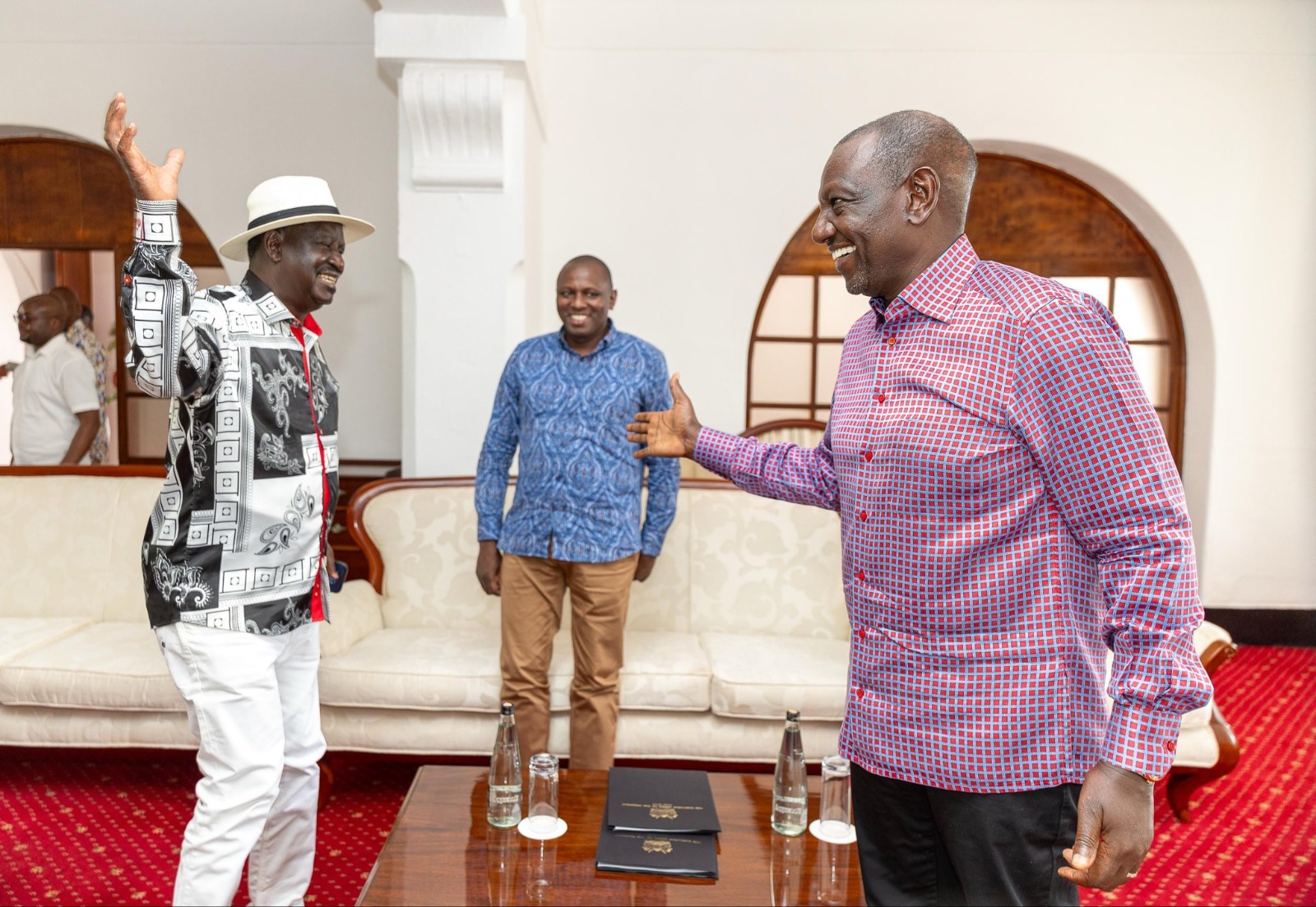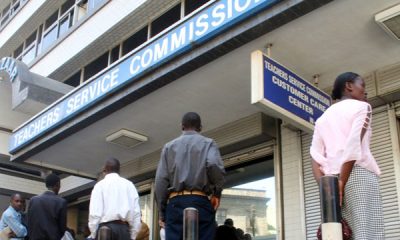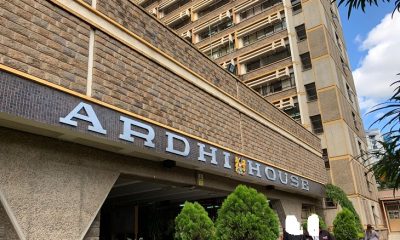Politics
Ruto-Raila Launch Nyanza Unity Tour as Poll Reveals 75% of Kenyans Believe Country is Headed in Wrong Direction

President William Ruto and ODM leader Raila Odinga are set to embark on their first joint tour of the Nyanza region this weekend, even as a new poll reveals that three-quarters of Kenyans believe the country is moving in the wrong direction under their broad-based government arrangement.
The political heavyweights will officially hand over Phase 1 of the Lapfund Makasembo Affordable Housing Project in Kisumu on Saturday, May 31, marking a symbolic show of unity following their landmark political partnership signed on March 7. However, this display of bipartisan cooperation comes against the backdrop of mounting public dissatisfaction with the country’s trajectory.
According to the latest Trends and Insights for Africa (TIFA) National Public Issues Survey released Wednesday, a staggering 75% of Kenyans believe the country is heading in the wrong direction—five times more than the 14% who feel Kenya is on the right track.
The remaining 11% either had no opinion or declined to comment.
The survey attributes this pessimistic outlook primarily to economic pressures, with the high cost of living dominating national concerns.
Notably, the poll found a strong correlation between individual financial circumstances and perceptions of national direction.
“Ten times more of those who say they are now better off than they were three years ago consider the country’s direction as ‘right’ than do those who think that it is ‘wrong’ (52% vs. 5%),” the TIFA survey noted.
Conversely, those experiencing economic hardship were significantly more critical, with 86% of respondents whose situations had worsened viewing the country as headed in the wrong direction, compared to just 31% of those who reported improvement.
The timing of the Ruto-Raila unity tour appears strategic, as both leaders seek to demonstrate tangible development progress in a region traditionally supportive of Odinga.
The Makasembo project represents a concrete achievement, with 910 housing units completed in Phase 1 of what will eventually be a 1,870-unit development spanning 11.6 acres.
Kisumu Governor Anyang’ Nyong’o praised the joint appearance as “a powerful sign of unity and shared purpose in improving the lives of our people,” emphasizing the bipartisan nature of development efforts.
Before converging in Kisumu, the two leaders will hold separate engagements—Ruto meeting grassroots leaders in Migori’s Awendo, while Raila addresses the Blue Economy Conference in Homa Bay as chief guest speaker. They will reunite at the Raila Odinga Stadium for Madaraka Day celebrations.
The TIFA poll revealed significant regional variations in public sentiment.
The Northern and Central Rift regions recorded the highest positive ratings at 32% and 28% respectively, with the Central Rift’s optimism attributed to its status as the President’s stronghold.
In Northern Kenya, improved sentiments were partially linked to recent government directives easing national ID acquisition processes, eliminating previously burdensome vetting procedures.
However, regions including Lower Eastern, Mt. Kenya, and Nairobi registered the most critical outlooks, with 81% of respondents in each area saying the country is heading in the wrong direction.
For the majority expressing dissatisfaction, cost of living emerged as the primary concern, cited by 44% of respondents—four times more than the next issue of poor leadership at 11%.
This suggests that despite the political rapprochement between former rivals, bread-and-butter issues continue to dominate public consciousness.
Among the minority who viewed the country positively, 27% cited perceived stabilization in living costs, 11% pointed to infrastructure progress, and 8% credited effective national leadership.
The poll results present a sobering reality check for the Ruto-Raila partnership, which was designed to foster national unity and accelerate development.
While the unity tour showcases their ability to work together on development projects, the overwhelming public pessimism suggests that their political cooperation has yet to translate into improved lived experiences for most Kenyans.
The housing project handover in Kisumu, complete with amenities like kindergartens, solar lighting, and green spaces, represents the kind of tangible development both leaders hope will gradually shift public perception.
However, with cost of living remaining the dominant public concern, the broad-based government faces the challenge of delivering economic relief alongside infrastructure development.
As the two leaders take their unity message to Nyanza—historically Raila’s stronghold—they will be seeking to demonstrate that their political partnership can deliver real benefits to ordinary Kenyans. Whether this tour marks the beginning of a turnaround in public sentiment or merely provides temporary political theater remains to be seen.
The success of their collaboration will ultimately be measured not in joint appearances or project handovers, but in their ability to address the economic anxieties that continue to shape the majority of Kenyans’ assessment of their country’s direction.
Kenya Insights allows guest blogging, if you want to be published on Kenya’s most authoritative and accurate blog, have an expose, news TIPS, story angles, human interest stories, drop us an email on [email protected] or via Telegram
-

 News2 weeks ago
News2 weeks agoKenyan Driver Hospitalized After Dubai Assault for Rejecting Gay Advances, Passport Seized as Authorities Remain Silent
-

 Investigations1 week ago
Investigations1 week agoMoney Bior, Lawyer Stephen Ndeda Among 18 Accused Of Running An International Fraud Ring Involved With Scamming American Investor Sh500 Million
-

 Investigations7 days ago
Investigations7 days agoNestlé Accused of Risking Babies’ Health in Africa with ‘Toxic’ Cerelac Product Sold Highest in Kenya
-

 Business2 weeks ago
Business2 weeks agoConstruction Of Stalled Yaya Center Block Resumes After More Than 3 Decades and The Concrete Story Behind It
-

 Investigations2 weeks ago
Investigations2 weeks agoHow Somali Money From Minnesota Fraud Ended In Funding Nairobi Real Estate Boom, Al Shabaab Attracting Trump’s Wrath
-

 News1 week ago
News1 week agoTSC Announces Major Policy Shift To End Transfer Of Promoted Teachers
-

 News6 days ago
News6 days ago48-Year-Old Woman Who Pushed 25-Year-Old Boyfriend To Death From 14th Floor Kilimani Apartment Arrested
-

 Investigations3 days ago
Investigations3 days agoHow Land Grabbing Cartels Have Captured Ardhi House














